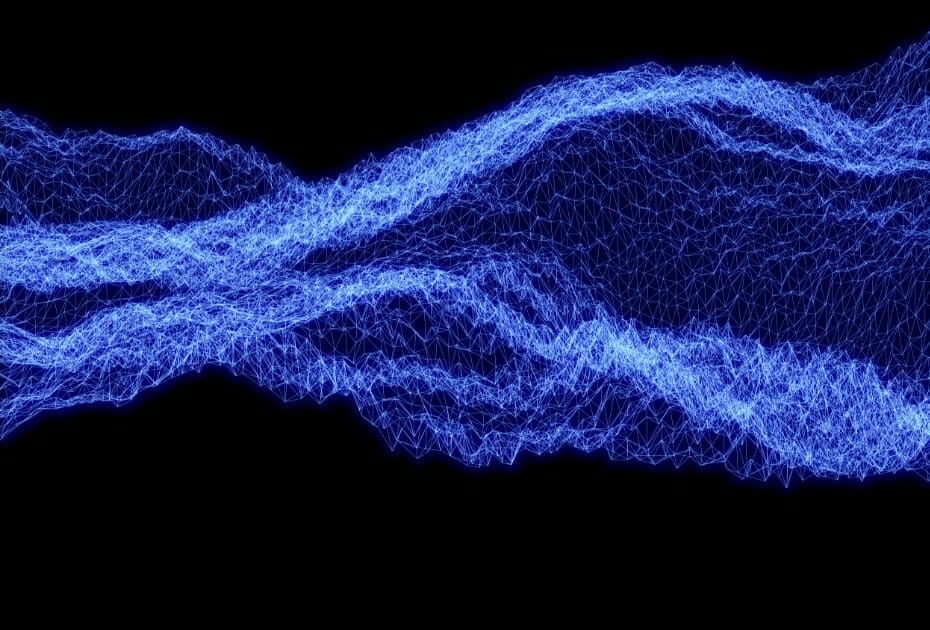

Exploring How These Affect The Performance of My System Devices
Almost all of today’s connected technology solutions contain a system clock circuit. Within these circuits, it is crucial to maintain a strong and stable frequency by eliminating adverse factors. This is especially true in operations that require precise timing.
Phase noise and jitter are two common culprits that affect the system clock performance in circuits, so they must be considered when designing and building boards. Engineers must understand phase noise and jitter to mitigate their effect on timing-critical circuitry.
What is Phase Noise?
Often caused by time domain instabilities, phase noise occurs in the frequency domain of a wave in fast, short and random aberrations within the frequency. Phase noise is used to describe the stability of a crystal oscillator or other timing solution in the frequency domain.
Phase noise is often attributed to one of the following:
- High shock and vibrations
- Acceleration sensitivity
- Low quality oscillator designs
On top of the environmental factors that can cause phase noise, other factors like crystal aging and temperature can also cause variations in the level of phase noise within an oscillator. These different types of noise can usually be categorized as one of four types:
- Thermal (Johnson) Noise – Always found in electric systems and is one of the most common sources of noise. Result of thermal agitation of the electrons in the conductor. Noise level is dependent on temperature. Higher temperatures generate more thermal noise.
- Shot Noise – More noticeable in semiconductor devices, shot noise is a result of individual and distinct charges within a system. Usually originating in the charge carriers or electrons.
- Flicker Noise (Pink Noise) – Sometimes called “1/f” noise and following the pink noise spectrum, flicker noise has many causes and occurs in almost all kinds of systems. Flicker noise is inversely proportional to frequency.
- Crystal defects (aging) – Another extremely common cause for failure in systems, crystal aging describes the frequency change that can occur when the environment changes around a crystal or the crystal itself changes.
With so many possible variations, it is imperative to monitor phase noise, measuring it frequently.
ECS Inc. manufactures high quality and high performance crystal oscillators that will help eliminate phase noise from the design, often referred to in the industry as “high performance, low phase noise crystal oscillators. Designed to maintain low phase noise for extended periods of time, these components are the key to solving a phase noise issue within a system.
For particularly rugged environments, there are even vibration resistant, g-sensitivity, and other options that are designed specifically to maintain function.
Defining Jitter As It Pertains To Phase Noise In Designs
Phase noise is often confused with a time domain counterpart called jitter. It’s important to understand the difference between the two and how they affect system performance . Jitter is any divergence or fluctuation of the cycle-to-cycle measurement of the frequency signal. The divergence can come across many different metrics including:
- Amplitude
- Phase timing
- Signal pulse width
Excessive jitter can cause many unwanted symptoms within the timing circuit. These are important to note and monitor to minimize the effects of jitter:
- Inadequate Hardware Performance: Using old equipment or an old network can affect performance. Switches, cables, and routers shouldn’t be outdated.
- Low Bandwidth: If the network being used has limited bandwidth and becomes crowded with traffic, it will perform poorly and be ineffective.
- Wi-Fi jitter: Wireless connections have an inferior network to wired connections. Using a wired connection can help with user experience as well as with reducing jitter.
High Quality Timing Solutions From ECS Inc.
ECS Inc. provides frequency control components and timing solutions. Products including real time clocks, resonators, filters, inductors and more offer you a guarantee of accuracy and consistency with every component. Connected technology solutions require reliability and performance from each electronic component manufactured by ECS Inc.. Components designed and manufactured by ECS Inc. are utilized in many different applications including:
- IoT
- Industrial
- Non-life sustaining medical
- Consumer electronics
- Technology
- Wearables
- Automotive
Shop ECS Inc. For Crystal Oscillator And Other Timing Solutions
Finding the electronic components that are required for any application is simple on the ECS Inc. website. Utilize the Parametric Search and Search Inventory pages to categorize components by different specifications to identify the best part to meet the requirements of your application. When using these tools, the specifications you have as sorting options include:
- Series
- Package size
- Height
- Frequency
- Load capacity
- ESR
- Temperature range
- Rating
- Tolerance
- Stability
After all of the specifications have been narrowed and the exact component has been selected, place an order with an ECS Inc.authorized distributor.. The contact form on the ECS Inc. website allows access to knowledgeable engineers that are always available to address your needs.
What are Phase Noise and Jitter? was last modified: February 14th, 2023 by